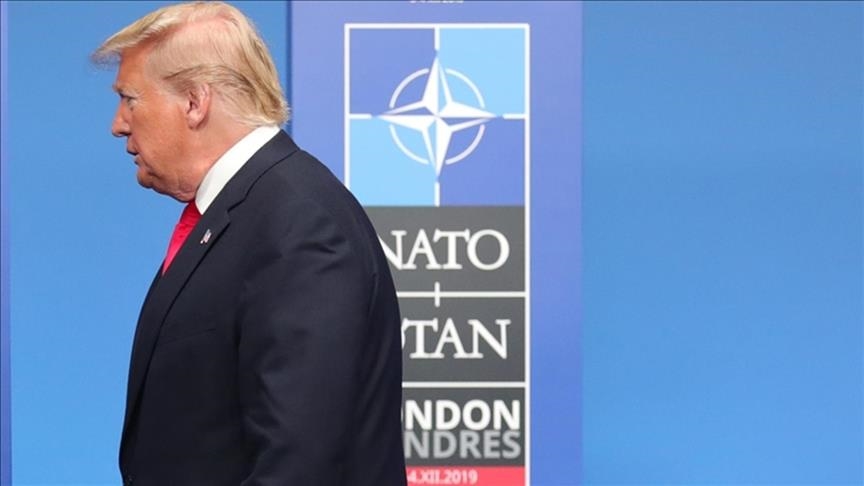As NATO leaders gathered in The Hague for a high-stakes summit on June 24–25, the alliance found itself in a now-familiar yet destabilizing position: reacting to U.S. unilateralism. Just days before the summit, President Trump ordered massive airstrikes on Iran’s nuclear infrastructure without consulting key NATO allies—a move that blindsided European leaders and cast a long shadow over the summit’s agenda.
The official goal of the meeting was to define a new defense strategy for a world shaped by the rise of China, the war in Ukraine, and the ever-present threat from Russia. But instead of unity, the atmosphere was thick with mistrust. Trump’s boldness, praised by domestic supporters, has exposed an uncomfortable truth: NATO’s cohesion is increasingly vulnerable to the whims of U.S. politics.
The illusion of unity
On the surface, the summit produced headlines that reinforced continuity: a renewed commitment to military support for Ukraine, a symbolic pledge to increase European defense spending to 3.5% of GDP, and the appointment of Dutch Prime Minister Mark Rutte as NATO’s new Secretary-General. But beneath these formalities, deep cracks were visible.
Spain, for instance, refused to adopt the 3.5% target, negotiating a special exemption that drew ire from Poland and the Baltic states. France, while outwardly cooperative, expressed unease at NATO’s increasing dependence on U.S. decision-making, particularly in the Middle East. Germany remained largely silent—perhaps signaling either strategic restraint or quiet discomfort.
More than anything, the summit confirmed what many feared: Europe remains strategically dependent on the U.S., yet politically at odds with its approach.
Trump’s new doctrine: NATO à la carte
Trump’s decision to bomb Iran was not only a military escalation—it was a diplomatic message. The former (and current) president appears to be pursuing a “NATO à la carte” doctrine: the U.S. will engage when and where it chooses, and allies are expected to fall in line or stay quiet. This approach shatters the post-WWII consensus of collective decision-making.
NATO, once the gold standard of multilateral cooperation, is now forced to reconcile its formal structures with the realpolitik of American exceptionalism.
Strategic ambiguity or structural drift?
With Rutte at the helm, the alliance faces an existential dilemma. Should it continue pretending it operates by consensus, or begin building genuine European defense autonomy within (or beside) NATO? EU leaders increasingly discuss the creation of a common European defense force—but progress is slow and politically fragmented.
Meanwhile, Russia and China are watching. For Moscow, a fractured NATO means a weaker buffer around its western borders. For Beijing, the alliance’s inability to present a united strategy on Indo-Pacific deterrence presents a long-term opportunity.
The road ahead
The Hague summit may be remembered not for what was agreed, but for what was exposed: an alliance caught between ceremony and reality. Trump’s actions raise fundamental questions about NATO’s future. Is it still a strategic alliance—or has it become a fragile, transatlantic brand papering over diverging national interests?
If future crises unfold with similar unilateralism, NATO’s credibility may not erode quietly—it could collapse suddenly.


3 comments
Et harum quidem rerum facilis est et expedita distinctio. Nam libero tempore, cum soluta nobis est eligendi optio cumque nihil impedit quo minus id quod maxime placeat facere.
Quis autem vel eum iure reprehenderit qui in ea voluptate velit esse quam nihil.
Neque porro quisquam est, qui dolorem ipsum quia dolor sit amet, consectetur, adipisci velit, sed quia non numquam eius modi tempora incidunt ut labore.